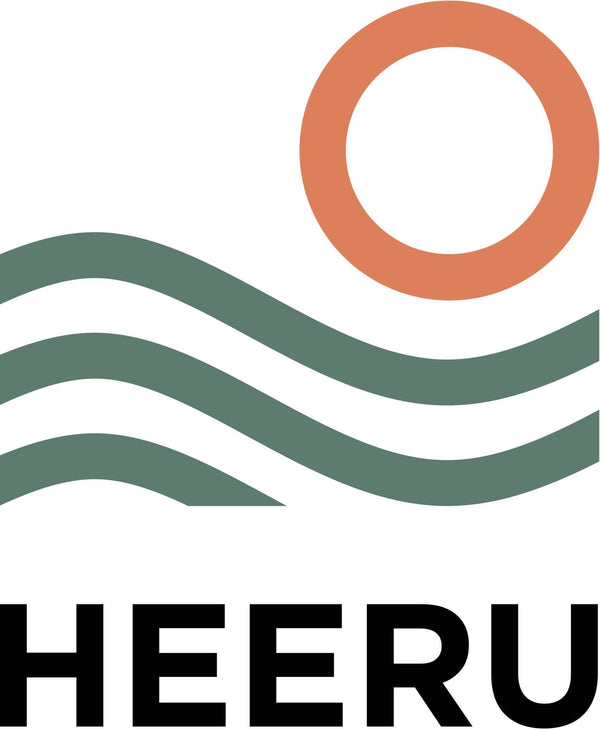If you've ever felt pain in your rib area after surfing, you're not alone. Many surfers encounter this issue, particularly when returning to the waves after an extended break or without the protection of a wetsuit. To explore the reasons behind this discomfort as well as strategies for recovery, we sat down with Dr Stefan Frischhut, orthopedic surgeon & expert in sports medicine.
Dr Frischhut distinguishes between three categories that help us understand and address rib-area pain:
Skin damage
The so-called "surf rash" is a prevalent and potentially painful irritation caused by friction between the skin and the surfboard or wetsuit. This can range from mild redness to severe abrasions, but preventive measures such as wearing a rash guard can prevent this issue. Additionally, pay attention to your paddling technique. Excessive right-left movement of your upper body, often referred to as the “lizard paddle” can contribute to this type of irritation. Stabilizing your paddling technique can go a long way in alleviating rib rash.
Overuse
Overuse usually stems from repetitive activities over a period of time. When paddling, your lower rib area presses into the surfboard in order to keep the so-called “banana pose” or arched back. Within this area, human bodies have a complex array of tissues including muscles, tendons, and rib cartilage. What they have in common: they are not naturally designed to hold this kind of pressure for hours at a time. Surf sessions marked by extensive paddling, lying down, and getting up from the board over and over again can result in repetitive microtrauma that can overload the capacity of the tissue to repair itself.

If pain from overuse is ignored, the body has no chance to recover. This can lead to inflammation, strains in the muscle or tendons, and chronic forms of pain. Surfers who do not have a lot of upper body fat lack natural "cushioning" and might be even more susceptible to this kind of condition. The same is true for for surfers who take up surfing after a longer break - their bodies are not used to this kind of pressure, the same way a local who gets to go out three times a week is.
The onset of pain can be gradual, unfolding over the course of a few days, or it may manifest suddenly. According to Dr Frischhut, the recovery process for all inflammation and overload-related pain has one thing in common— healing can only occur when the body is given time to rest. He also points out that for effective recovery, all types of tissue-related pain (like for instance muscle tear, tendon tear, or simply overuse) require similar strategies. Once you return to the waves, consider using a protective layer that not only cushions but also stabilizes and distributes pressure across a larger surface. This is precisely why we have designed the Heeru Ribguard, a protective fully-adjustable neoprene belt that boasts a 9mm padding designed to fulfill these crucial functions.
Fractured or broken rib(s)
Lastly, though less common, fractured or broken ribs can occur with significant and abrupt impacts, such as collisions with other surfers, a surfboard slamming into the ribcage, or when getting slammed onto the reef by a wave. In healthy human bodies, ribs don’t simply fracture or break spontaneously. Adding to that, the pain from a broken or fractured rib would usually extend well beyond the site of the actual break, reaching areas distant from the point of fracture. If an intense trauma did occur and/or you have sustained difficulty in breathing, Dr Frischhut advises seeking professional medical consultation to gain certainty and receive further treatment guidance.
Conclusion
To sum it up, addressing rib pain in surfers needs a nuanced approach, considering various causes and appropriate treatments. From the common surf rash to inflammation and the infrequent but serious occurrence of fractured ribs, understanding the spectrum of challenges is crucial. We've put together a comprehensive guide for anyone interested in how to responsibly manage acute rib pain (while still making the most of your surf trip).

